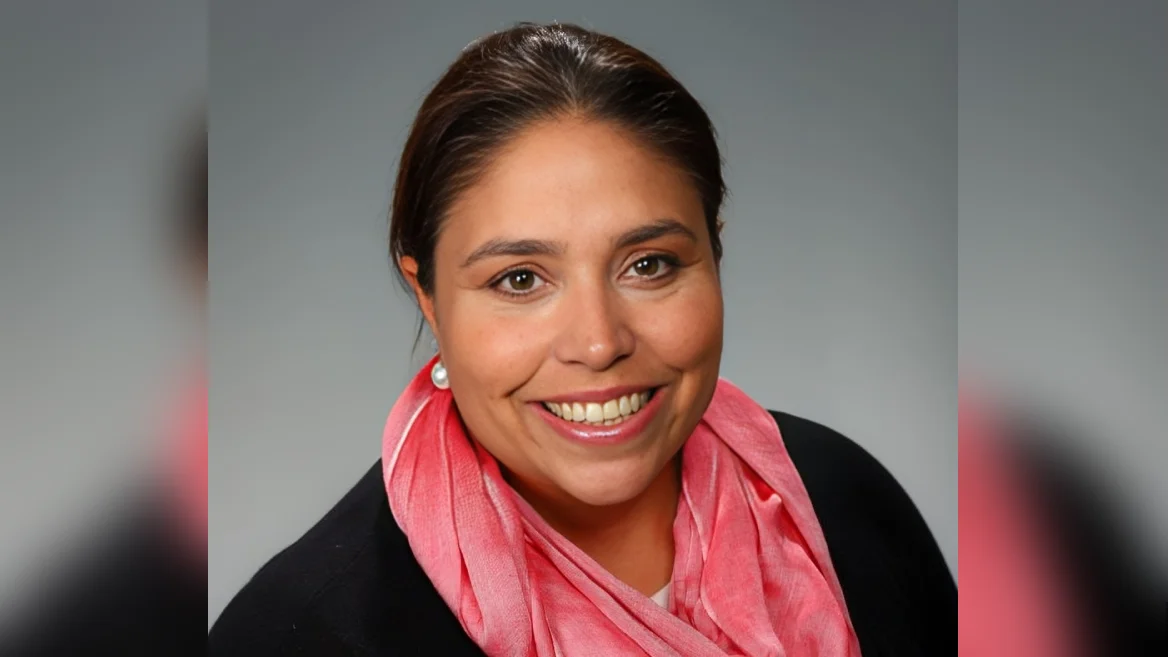
The number of patients receiving medications for opioid use disorder at federally qualified health centers has more than doubled over the past six years, according to a recent cross-sectional study. Despite this increase, less than 25% of patients with substance use disorders received these medications at such clinics in 2023. This indicates a need for greater efforts to make these treatments more available, as noted by the study's authors in a research letter published in JAMA Network Open.
Zoe Lindenfeld, PhD, an assistant professor at Rutgers University’s Edward J. Bloustein School of Planning and Public Policy, and Amanda I. Mauri, PhD, an assistant professor at New York University School of Global Public Health, emphasized the strong evidence supporting medications like buprenorphine and methadone in reducing mortality and morbidity among those with opioid use disorder. They highlighted the lack of research on the use of these medications at federally qualified health centers despite their crucial role in expanding access while serving populations heavily affected by the overdose crisis.
The analysis involved data from health centers across all 50 states to observe changes in prescribing practices between 2017 and 2023. The findings revealed that the percentage of patients with substance abuse disorders who received treatment increased from 10.01% in 2017 to 24.75% in 2023.
The study found positive associations between medication prescription rates and both the percentage of patients with substance abuse disorders (B = 0.77; 95% CI, 0.43-1.11) and those with HIV (B = 0.1; 95% CI, 0-0.21). Conversely, there were negative associations with the proportion of nonwhite patients (B = -0.15; 95% CI, -0.22 to -0.08) and those experiencing homelessness (B = -0.07; 95% CI, -0.13 to -0.01).
Lindenfeld and Mauri suggested targeting facilities that serve significant numbers of nonwhite patients and those experiencing homelessness to improve access to opioid use disorder medications.
“Populations that may face additional barriers to receiving [medications for opioid use disorder],” they wrote.
They also acknowledged limitations due to data constraints preventing identification of specific medications prescribed at each center.
The researchers concluded that policymakers should focus on strategies such as staff education and training, reviewing state policies that may hinder access to these medications, and using opioid settlement funds to support adoption efforts.